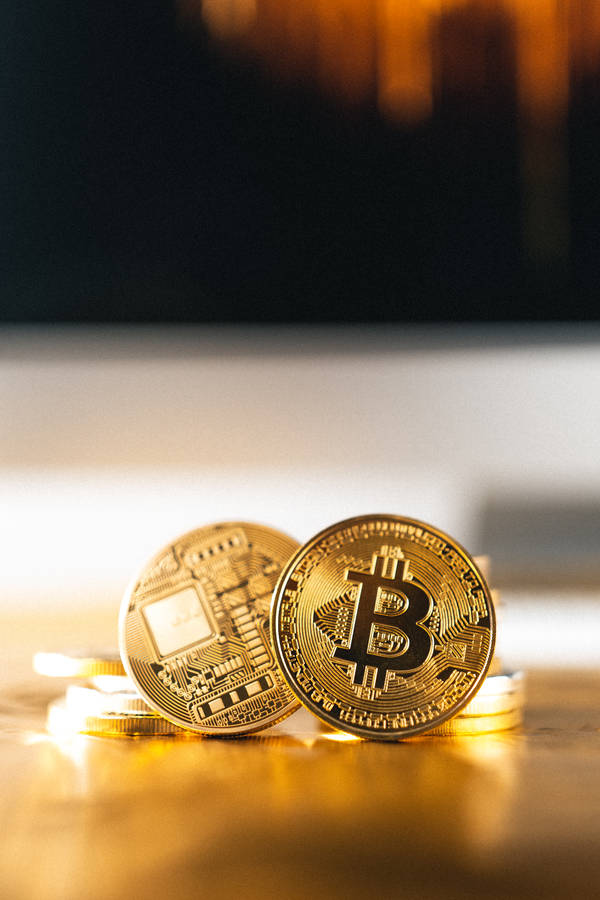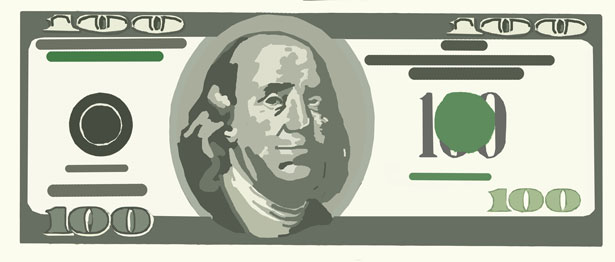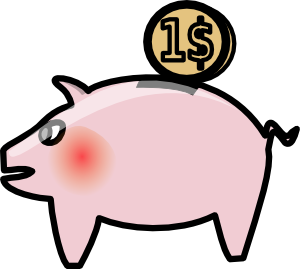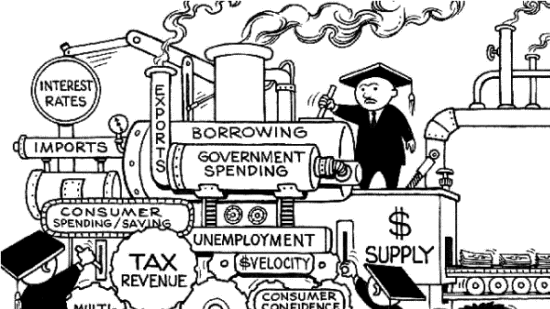There are three types of money: commodity money, fiat money, and representative money. Representative money is money that we do not use today, but some argues that we should. These types of money have three kinds of function. Medium of exchange means that through money things exchanges, for example buying an item, you give them the money you get the item. The second one is store of value, this means that you are putting your money away and you expect it to still have its value. This leads to rapid of inflation, which then your money is decreasing its value. Lastly, money is a unit of account. Unit account establishes economic worth in the exchange process. We believe the price implies worth. For example, the higher the price of an item means the greater the quality it is.
Part 3 - Money Market Graph
In the money market graph, the demand money slopes downward because when the price is high, the quantity demand is low, and when price is low quantity demand is high. The supply money is vertical because it does not varies from the interest rate. Supply money only moves by Fed. When you increase demand, you put pressure on the interest rate. To bring the interest rate back down or its normal position, you increase the money supply or increase it by shifting it to the right.
The Fed's tools of Monetary Supply
If the Fed wants to increase the money supply, they can lower the reserve requirements. This means that money becomes excess reserves. If they want to contract the money supply, then they would do the opposite which is increasing the reserver requirements. Fed also uses the discount rate. Discount rate is the rate at which banks can borrow money from the Fed. If they want the bank to borrow more money than they lower the discount rate and if they want to discourage the banks from borrowing money they do the opposite. The discount rate is barely used because it is not a guarantee. Lastly, a way to expand the money supply, the Fed buy bonds. If the Fed wants to reduce the money available, they would sell bonds.
Part 7 - The Loanable Funds Market
In loanable funds graph, the slope of demand loanable funds is still downward sloping and supply loanable funds (SLF) is upward sloping. SLF comes from the amount of money people have in their bank. SLF is dependent on savings. The more people save, the more banks can make loans. If people want to save more we increase the SLF. In money market when the government runs a deficit, it increase demand in money, in loanable funds market an increase demand means interest rate also goes up.
Part 8: Money creation & Multiple Deposit Expansion
Banks create money by making loans. The formula for the money multiplies is one over reserve requirements. To find the total money created loan you multiply your reserve requirements by your loan. Loan increases through the process of multiple deposit expansion. This is by adding all potential loans.









